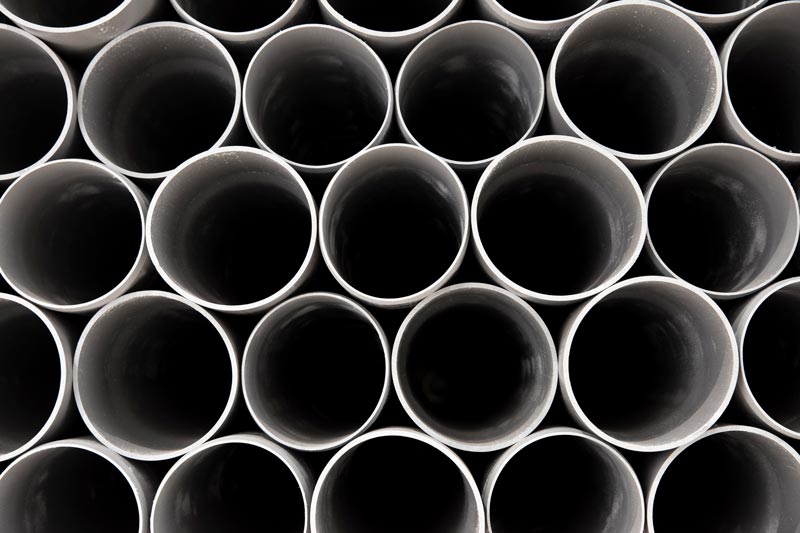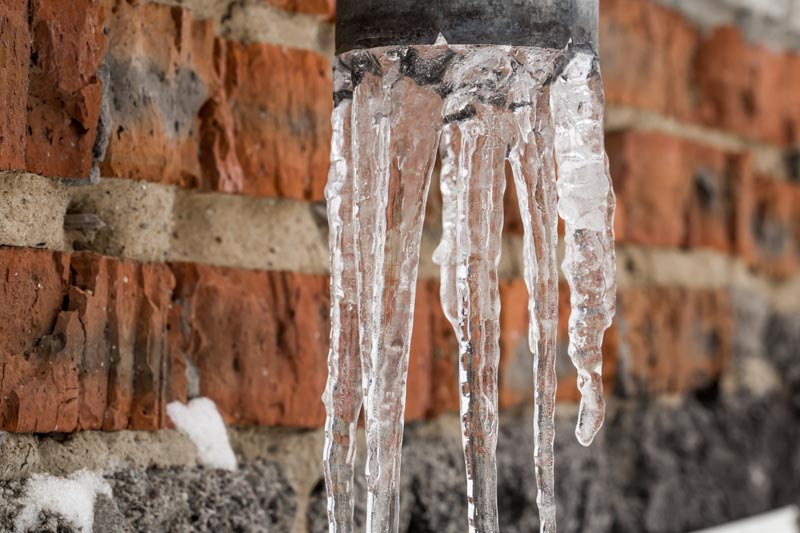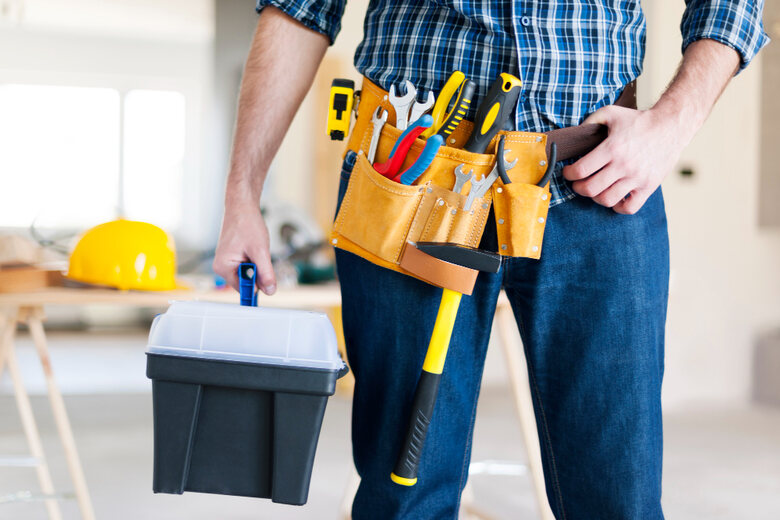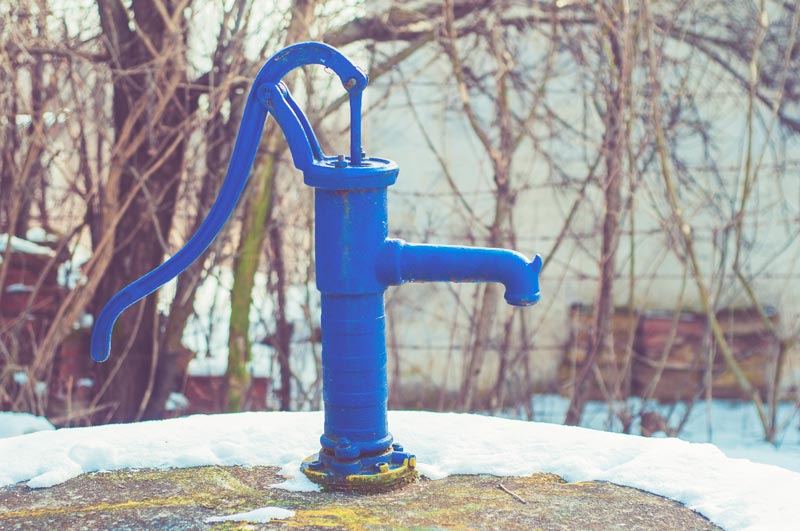Frozen pipes are a common and costly issue during the winter months, particularly in areas with harsh climates. When temperatures drop in Torrington, CT, the water inside your pipes can freeze, leading to potentially disastrous consequences. Preventive measures are essential to avoid significant damage and inconvenience. Expert plumbing services are critical in safeguarding your home’s system against freezing temperatures. Investing in professional help ensures the integrity and reliability of your home’s plumbing through the harshest winter conditions.
Table of Contents
Key Takeaways
What are the Dangers of Frozen Pipes?
Signs of Frozen Pipes
How Expert Plumbing Services Help Prevent Frozen Pipes
Frequently Asked Questions
Ensure Your Pipes Stay Safe During Cold Season with L&P Plumbing!
| Key Takeaways ✔ Expert installation of insulation materials around pipes prevents freezing. ✔ Specialized equipment finds and repairs leaks to stop cold air from entering. ✔ Plumbing services install heat cables to maintain pipe temperature. ✔ Comprehensive preparations for winter protect plumbing systems from freezing. ✔ 24/7 availability for urgent repairs prevents extensive damage from frozen pipes. |
What are the Dangers of Frozen Pipes?
Water pipes risk freezing and bursting when the outside temperature drops to 20 degrees Fahrenheit or lower. When this happens, burst pipes can lead to numerous serious issues that disrupt your home and cause extensive damage. As water freezes inside pipes, it expands, putting immense pressure on the walls. This expansion can cause the pipes to crack or burst, resulting in significant repair costs and water damage. Professional plumbing services are essential to address and prevent these problems, ensuring your pipes remain intact and your home stays safe.
Water Damage
Burst pipes frequently cause property damage in freezing weather. Burst pipes can release large amounts of water, causing extensive damage to walls, floors, and personal property. The water can also seep into various parts of your home, destroying carpets, furniture, and electrical appliances. If not addressed promptly, this can lead to long-term issues, such as wood rot and weakened foundations.
Disruption of Water Supply
Frozen pipes can block water flow, making using faucets, showers, and other water-based appliances difficult. This can cause significant inconvenience, as you may be unable to perform daily tasks like cooking, cleaning, and bathing. In severe cases, it may also impact heating systems that rely on water flow, leading to further discomfort.
Mold and Mildew
Water from burst pipes can create moist environments conducive to mold and mildew growth, posing health risks to your household. Mold exposure can occur through inhalation, ingestion, or contact with moldy surfaces, potentially leading to adverse health effects via allergic, infectious, irritant, or toxic processes. Prolonged mold exposure can lead to more serious health issues, including infections and chronic respiratory conditions.
Signs of Frozen Pipes
Detecting frozen pipes early can help prevent significant damage and costly repairs. Awareness of the warning signs allows you to immediately seek professional plumbing services to address the issue. Here are some key signs to watch for:
Frost on Pipes
If you notice frost or ice on exposed pipes, it indicates that they are frozen or nearly frozen. Frost buildup occurs because the temperature around the pipe has dropped below freezing. This visible sign should prompt immediate action to prevent further damage.
Unusual Sounds
Bubbling, whistling, or clanking noises from your pipes often indicate that water is struggling to move through frozen sections. These sounds are caused by water trying to navigate through ice blockages and can precede more serious issues like bursting pipes. Hearing such noises should alert you to frozen pipes needing immediate attention.
Bulging Pipes
Noticeable swelling or bulging in pipes is a strong indicator of freezing. As water turns to ice, it expands and causes the pipe to bulge, a precursor to a potential burst. Observing this sign means immediate action is required to prevent a pipe rupture.
Unpleasant Odors
Strange smells coming from drains or faucets can be a sign of frozen pipes. These odors are caused by water not draining properly due to ice blockages, leading to stagnation and potential pipe damage. Addressing this issue promptly can prevent further complications and maintain the proper functioning of your plumbing system.
How Expert Plumbing Services Help Prevent Frozen Pipes

Expert plumbing services offer a range of solutions to protect your plumbing system from freezing temperatures. These services include advanced techniques and equipment to insulate pipes and detect potential vulnerabilities. By utilizing professional plumbing services, you benefit from the expertise and experience of skilled plumbers who can effectively prevent freezing issues.
1. Professional Pipe Insulation
Plumbers can professionally install insulation materials around your pipes, essential for preventing freezing. By ensuring thorough coverage, the insulation material helps maintain a consistent temperature around the pipes, reducing the risk of freezing even in the coldest conditions. Below are the different insulation materials used during plumbing services to protect your pipes from freezing temperatures.
Foam Pipe Insulation
This material is commonly used in unheated areas like basements, attics, and crawl spaces to prevent pipes from freezing. Foam also helps to reduce heat loss and maintain consistent water temperatures.
Fiberglass Pipe Insulation
Fiberglass insulation is ideal for high-temperature applications and offers a durable and effective barrier against freezing temperatures. Due to its resistance to high heat and fire, it is often used in industrial and residential settings. The fiberglass material also provides excellent sound absorption, which can help reduce noise from pipes.
Rubber Pipe Insulation
Flexible and durable, rubber insulation suits various temperatures and provides excellent protection against freezing and condensation. It is also resistant to moisture and chemicals, making it ideal for outdoor and underground applications. The flexibility of rubber insulation allows it to be easily installed around bends and joints in the plumbing system.
Pipe Insulation Jackets
These pre-formed jackets are often used with other insulation materials for enhanced effectiveness and comprehensive coverage. Pipe insulation jackets are typically made from foam or fiberglass, offering thermal protection and physical durability.
2. Advanced Leak Detection
Expert plumbing services use advanced equipment to detect leaks that might not be visible to the naked eye. These leaks can allow cold air to enter and freeze the pipes. By identifying and repairing these leaks, plumbing services prevent cold air from compromising the pipe insulation. Advanced leak detection ensures that your plumbing system is secure and less susceptible to freezing. Here are some of the tools and equipment used by plumbers to detect leaks:
Pipe Inspection Cameras
These cameras are attached to flexible cables that can be inserted into pipes, allowing plumbers to visually inspect the interior of the plumbing system. The cameras transmit real-time video footage to a monitor, enabling plumbers to directly see blockages, cracks, and leaks.
Acoustic Leak Detectors
These devices use sensitive microphones and amplifiers to pick up the sound of water escaping from pipes. They can detect even the smallest leaks by amplifying the noise of water moving through a crack or hole in the pipe.
Infrared Thermal Imaging Cameras
Thermal imaging cameras detect surface temperature variations, revealing hidden leaks behind walls, under floors, and other concealed areas. They produce visual maps of temperature changes, helping plumbers identify areas where water may be leaking and causing temperature anomalies. This non-invasive method is highly effective in locating leaks without damaging the property.
3. Pipe Heating Cable Installation
Plumbing services install heat cables along your pipes to keep them warm during extremely cold weather. Heat cables provide a reliable source of warmth, preventing the water inside the pipes from freezing. Professional installation ensures that the cables are placed correctly and function optimally. Here are some of the benefits of self-regulating heating cables:
Automatically Adjusts Heat Output
These cables have built-in sensors that detect the temperature of the pipe and surrounding area. This ensures that the cables provide the optimal heat needed to prevent freezing while conserving energy.
No Temperature Controller Required
The self-regulating design means the cables automatically adjust their heat output without needing a separate controller. This simplifies the installation process and reduces the potential for user error.
Plug-In Ready Power Cord
The heating cables come with a pre-assembled power cord that can be plugged in directly. This feature makes the installation quick and hassle-free, without additional electrical wiring.
Grounded Design
The cables include a grounding feature that enhances operational safety. This helps prevent electrical hazards, ensure compliance with safety standards, and provide peace of mind.
Suitable for Extreme Cold
These heating cables are effective in extremely low temperatures, as low as -40°F (-40°C). This makes them ideal for harsh winter climates, providing reliable protection against pipe freezing.
Safe for Indoor and Outdoor Use
These cables are designed to withstand various environmental conditions and are suitable for indoor and outdoor applications. Their versatility ensures that they can protect pipes in a wide range of locations.
4. Smart Water Sensors Installation
Plumbing services can install smart water sensors that detect freezing conditions and alert homeowners. Smart sensors are an advanced preventive measure that adds an extra layer of protection. These sensors provide real-time monitoring and early warnings of potential freezing. You can take immediate action to prevent pipe damage by receiving timely alerts. Here’s how smart water sensors work:
Temperature Monitoring
Smart water sensors constantly monitor the temperature around your pipes. They alert you when temperatures drop to levels that risk pipe freezing, allowing you to take immediate action.
Real-Time Alerts
These sensors send real-time alerts to your smartphone or home automation system, instantly informing you of any temperature changes that could indicate a risk of freezing.
Automatic Shut-Off Valves
Some smart water sensors are integrated with automatic shut-off valves. When a potential freeze is detected, the system can automatically shut off the water supply to prevent pipes from bursting.
Remote Monitoring
You can monitor your home’s plumbing system from anywhere with remote monitoring capabilities. This is particularly useful when you are away from home during cold weather, providing peace of mind.
Water Leak Detection
Many smart sensors can detect leaks in addition to temperature monitoring. Early detection of leaks can prevent further damage and reduce the risk of freezing by addressing issues promptly.
5. Pipe Relocation and Remodeling

Plumbing services offer pipe relocation and remodeling solutions as part of their plumbing winterization services. Moving pipes away from exterior walls and unheated spaces reduces the risk of frozen pipes. This strategic relocation ensures that pipes are placed in warmer areas of the home, providing better protection against cold temperatures and minimizing the risk of costly damage.
Assessment of Current Pipe Locations
Plumbers evaluate the existing placement of pipes within your home. They identify areas where pipes are at high risk of freezing, such as exterior walls and unheated spaces.
Planning Optimal Pipe Routes
Based on the assessment, plumbers design a new layout for your plumbing system. This involves planning routes that keep pipes in warmer areas of the home to prevent exposure to freezing temperatures.
Re-routing Pipes
Plumbers carefully re-route the pipes to the new locations according to the planned layout. This process ensures that pipes are positioned away from cold spots, reducing the risk of freezing.
Installing Additional Insulation
To enhance protection, plumbers may add extra insulation around relocated pipes. This additional insulation layer helps maintain the pipes’ temperature and prevent freezing.
Upgrading Plumbing Fixtures
During the remodeling process, plumbers may also upgrade old or inefficient fixtures. This not only helps prevent frozen pipes but also improves the overall efficiency of the plumbing system.
Sealing and Weatherproofing
After relocation, plumbers seal gaps and apply weatherproofing measures to prevent cold air from reaching the pipes. This step ensures that the newly positioned pipes remain protected from cold drafts.
Testing and Verification
Once the relocation and remodeling are complete, plumbers conduct thorough tests to ensure the system functions correctly. This includes checking for leaks and ensuring the pipes are adequately insulated and protected against freezing.
6. Emergency Plumbing Services
Access to emergency plumbing services is vital for addressing urgent issues like frozen pipes. Plumbing services offer 24/7 availability to handle emergencies promptly. In a frozen pipe, immediate professional intervention can prevent further damage and restore water flow.
Frozen Pipe Thawing
An emergency plumbing service includes safely thawing frozen pipes to restore water flow and prevent bursting. Professional thawing techniques are used to avoid damage to the pipes and surrounding areas. Some plumbers use strong brine to thaw frozen pipes, as it penetrates the ice like an acid. The resulting diluted brine rises, making space for the denser fluid.
Burst Pipe Repair
Plumbers address and repair burst pipes caused by freezing, stopping water flow, and initiating the drying process. Quick repairs minimize water damage and help return your home to normal as soon as possible.
Water Line Re-routing
Plumbers may temporarily re-route water lines to bypass frozen sections. Regular plumbing service ensures continued water supply to your home while addressing the frozen pipe issue.
Damage Assessment and Mitigation
A plumbing service can help assess the extent of water damage caused by burst pipes and take steps to mitigate further issues. This includes drying out affected areas and recommending additional repairs or restoration services.
Temporary Heating Solutions
Emergency plumbing services include setting up temporary heating sources to warm the area around frozen pipes. This helps prevent additional pipes from freezing while permanent measures are implemented.
Monitoring and Follow-Up
Plumbing services include follow-up visits to ensure the thawed pipes do not freeze again. Monitoring the situation helps prevent recurring issues and ensures the plumbing system remains functional.
Frequently Asked Questions

Can I prevent frozen pipes without professional help?
You can take several preventive measures, such as insulating pipes, sealing leaks, and keeping your home consistently warm. However, while these steps help, professional plumbing services offer a more comprehensive solution by thoroughly inspecting and addressing all potential vulnerabilities. This ensures your plumbing system is fully protected against freezing temperatures.
Are there specific pipes more likely to freeze?
Yes, pipes in unheated areas such as basements, attics, garages, and exterior walls are more susceptible to freezing. These pipes are often exposed to colder temperatures, increasing the risk of freezing. Insulating these pipes and having regular plumbing services help assess and protect them can significantly reduce this risk.
What are the costs associated with fixing frozen pipes?
The cost to fix frozen pipes can vary depending on the extent of the damage and the specific plumbing service required. Simple thawing might be relatively inexpensive while repairing burst pipes and addressing extensive water damage can be more costly. It’s best to contact local plumbing services for an accurate estimate based on your situation.
How long does it take for pipes to freeze?
If the temperature drops below freezing, pipes can freeze within a few hours. The exact time frame depends on factors such as the pipe material, insulation level, and exposure to cold. Plumbing services recommend taking preventive measures as soon as cold weather is forecasted to avoid freezing pipes.
Can a burst pipe be covered by insurance?
Most homeowners’ insurance policies cover water damage caused by burst pipes due to freezing. It’s important to review your policy details and consult with your insurance provider to understand the extent of your coverage. Emergency plumbing services often assist with the insurance claim process, helping to streamline repairs and financial recovery.
Ensure Your Pipes Stay Safe During Cold Season with L&P Plumbing!
Protecting your plumbing system from the cold season is crucial for homeowners in Torrington, CT. Trust L&P Plumbing to provide comprehensive services that prevent frozen pipes and safeguard your home. From professional insulation to emergency repairs, L&P Plumbing has the expertise to keep your plumbing system in shape. Contact L&P Plumbing today to schedule a preventive maintenance check and ensure your home is winter-ready. Don’t wait for a disaster to strike — act now and protect your pipes with the best in the business.

